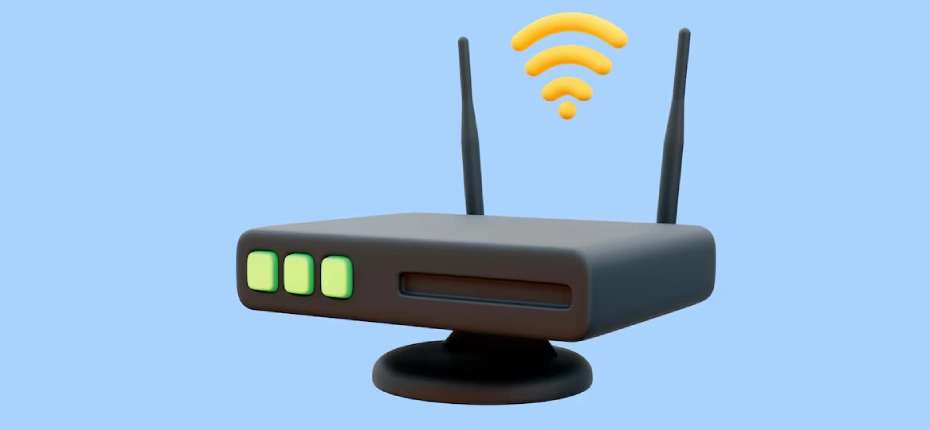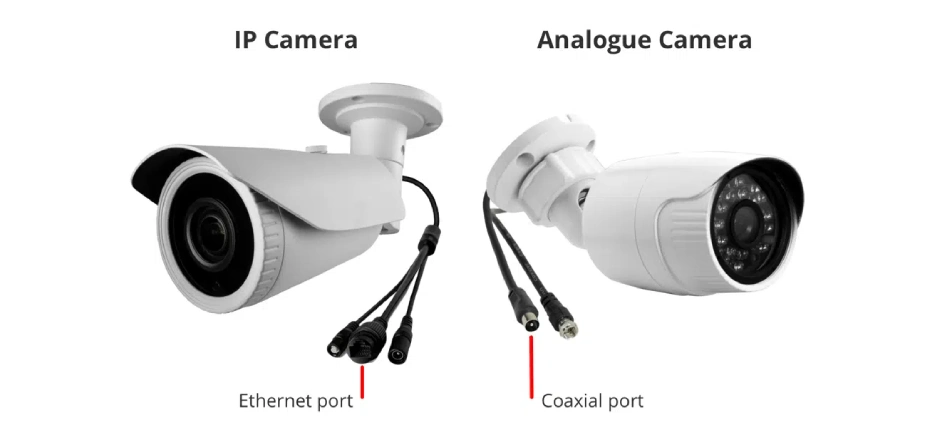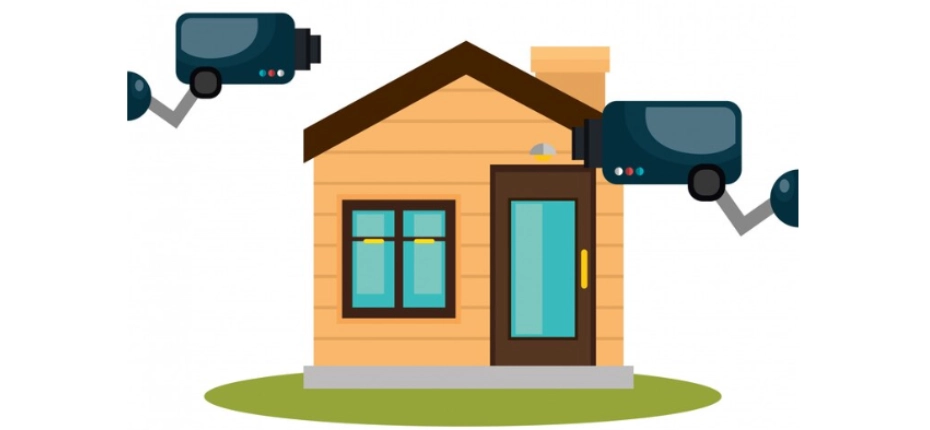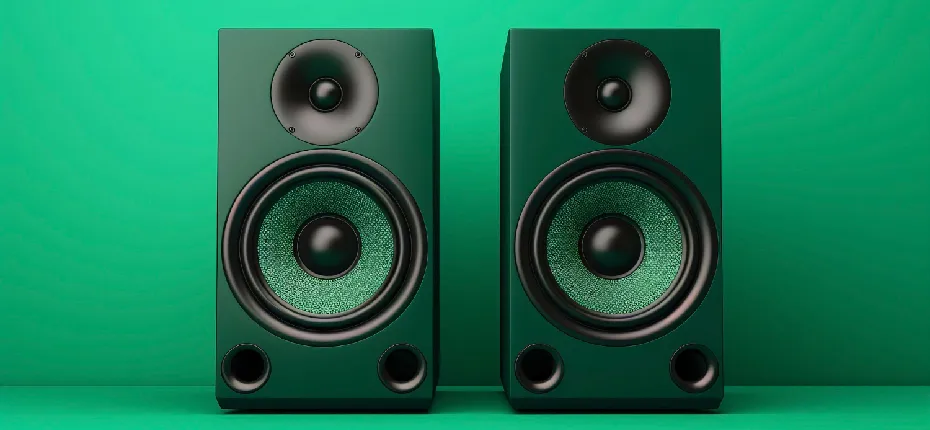Wireless vs. Wired Security Camera Systems: Which One is Right for You?
Choosing the right security camera is vital for peace of mind and safety. It’s not just about picking a camera; it’s about ensuring the Best Home Security Camera for your lifestyle and needs. Whether it’s deterring unwanted visitors or just keeping an eye on things while you’re away, the decision you make can have significant long-term implications. We’ll compare the ins and outs of both Wired and Wireless Home Security Cameras, considering factors like installation, maintenance, and integration with existing smart home systems. This way, you’re equipped with all the information to make an informed choice, looking at the wireless vs. wired camera comparison.

Understanding Wireless Security Camera Systems
When you think of Wireless Home Security Cameras, you probably picture something super sleek that you can get up and running quickly. These smart security cameras are brilliant for shifting around whenever you fancy a change, and you can check in on your place from anywhere with your phone. But it’s not all plain sailing. You’ve got to stay on top of your security game to stop any tech-savvy troublemakers from peeking through your cameras.
Benefits of wireless systems
- Easy installation: No wrestling with wires or drilling holes all over the place — you can set these up with your kettle on and not miss a beat.
- Flexibility in camera placement: You can stick them up wherever you like. Want to move them to a spot that’s suddenly turned into a blind spot? No problem.
- Remote access and control: Off on holiday? Stuck at work? No worries — just pop open the app on your phone, and it’s like you’re there but with less to do.
Limitations of wireless systems
- Reliance on Wi-Fi signal: When your Wi-Fi goes out, your camera might as well be dead, too, which isn’t great when you need security.
- Power source considerations: These cameras are like your mobile; they need charging. Forget to top them up, and they won’t be catching anything.
- Potential security vulnerabilities: Just like your online shopping account, these cameras need a good, strong password. If not, it’s like leaving your front door wide open with a “Come on in” sign.
Exploring Wired Security Camera Systems
Wired Security Cameras are like the trusty old guard of home security. They’re the go-to for a solid, reliable watch over your place; because they’re wired in, you won’t have any of those Wi-Fi woes. These are powered straight from your mains, so they’re always on duty; no power naps here. And when it comes to keeping your private life private, they’re like a bank vault for your data – it’s transmitted securely, no peeking allowed. But they’re not all beer and skittles. Getting them set up is a little difficult, involving more cables and drills than most are used to, and once they’re in, they’re not going anywhere without a fuss. Plus, the cost of getting all this sorted might have you wincing just a bit.
Benefits of wired systems
- Stable and consistent power source: With a direct line to your home’s power grid, these cameras are always on the job. There are no concerns about batteries running out—you can count on them day and night, just like the trusty old fridge that’s been running without a hiccup for years.
- Secure data transmission: Your footage is under lock and key, so to speak, as it’s sent through the wires. This makes it tricky for hackers to get their hands on your video.
- Suitable for long-term installations: Fit them once and forget about them; they’re in for the long haul, and no adjustments are needed.
Limitations of wired systems
- Complex installation: You might need to call in a favour from a friend or get a pro in because there’s actual DIY involved, not just sticking something to the wall.
- Limited flexibility in camera placement: Once they’re up, they can’t change places. You’ve got to be sure about where you want those eyes.
- Higher installation and maintenance costs: Getting these cameras in place might mean your pockets feel lighter, and if something goes wonky, it could cost you a few more quid to fix.
Factors to Consider When Choosing
When you’re picking out a security camera system, it’s a bit like choosing a new car. You wouldn’t grab a two-seater convertible for a family of five, right? You need something that fits your life like a glove. So, think about what you’re really after in a security system.
- Security needs: What’s the goal here? If you’re just trying to catch thieves nicking parcels off your porch, a Wireless Home Security Camera might do the trick. But if you’re safeguarding a warehouse full of goods, then a more complex network of Wired Home Security Cameras could be what you need.
- Property layout: For a small flat, a couple of wireless cams could cover all your bases. But for a bigger space with several entry points, going wired could give you the comprehensive coverage you’re after.
- Budget: Money’s always a thing, isn’t it? Wireless security cameras can be kinder to your wallet up front, but remember, they might need more upkeep later. On the other side, Wired Home Security Cameras often have a heftier initial price tag but tend to be set-and-forget.
- Power source availability: If you’ve got sockets in all the right places, wired cameras are happy campers. If not, wireless ones will work a treat, running on batteries or smaller, more discreet power cables.
- Internet connection: Got Wi-Fi that’s as solid as a rock? Wireless cams are all in. If your internet’s a bit hit-and-miss, wired cameras won’t throw a wobbly when the connection drops.
Now, let’s paint a couple of pictures. Say you’re a café owner on a busy high street. You want to keep an eye on the till and the customers. A Wireless Home Security Camera inside can be just the ticket – easy to install and no fuss. But what about that stockroom out back where the Wi-Fi’s patchy? A wired camera there means you’re covered, no matter what.
It’s all about the fit – your security setup should match your lifestyle as snugly as your favourite pair of jeans. Whether it’s wireless or wired, it’s your call.
Installation and Setup
Setting up your security system is like baking a cake – you need the right ingredients and a good recipe. For Wireless Home Security Cameras, it’s more straightforward. Just charge up the camera, download the app, connect to your Wi-Fi, and then play around with placement until you find the spot where the signal’s strong and the view’s unobstructed.
Now, Wired Security Cameras are more like tackling a fancy wedding cake. You’ll need to plan where each camera will go. Then, it’s about threading the cables through the right channels – it might mean a bit of drilling and some ladder climbing. Once your cables are laid, it’s all about connecting them to the power and recording device, securing everything tightly.
For both, patience is your best mate. Ensure you’ve read the manual cover to cover, keep all your tools handy, and take it step by step. If wireless, remember to test the Wi-Fi strength in the spots you fancy for your cameras, and maybe invest in a signal booster if your home’s a bit on the larger side. With wired, double-check those cable runs and make sure they’re not going to trip anyone up or get chewed by the family pet.
A little planning goes a long way, too. Think about the sun’s path – you don’t want your footage bleached out – and any potential blind spots. And always ensure you can access your cameras later for cleaning or any needed tweaks without needing to perform acrobatics.
Maintenance and Upkeep
Just like any tech in your home, your security cameras need a bit of love to keep them going nicely. Wireless security cameras are a tad high-maintenance, but it’s nothing you can’t handle. Keep them juiced up, stay on top of updates to fend off the hackers, and now and then, give them a once-over to make sure they’re not collecting dust.
For the Wired Security Cameras, it’s a less frequent affair. They’re the set-it-and-forget-it type but don’t forget them. Occasionally, wander around and check for any cables starting to show signs of a fray or connectors that might have come loose—think of it as giving your car the once-over before a long road trip.
For both types, the secret to longevity is simple: a routine check-up. Schedule a date with your security system, make it regular, and stick to it. Look for software updates, physical obstructions, or environmental changes affecting performance. It’s the same drill as taking care of your home – a little effort goes a long way to keeping everything in working order.
Integration with Smart Home Systems
In the smart home orchestra, Wireless Home Security Cameras and Wired Security Cameras are key players, seamlessly integrating with lights, locks, and voice assistants for a finely tuned performance. With this setup, your cameras communicate with other devices, providing a responsive and cohesive security system. Imagine a camera detecting movement and triggering lights to deter a prowler or gently illuminate your nocturnal snack runs. Away from home? A tap on your smartphone or a voice command can activate your cameras, lock your doors, and ensure everything is secure.
This interconnectedness offers more than convenience; it brings peace of mind. Your home doesn’t just stay connected; it stays alert and proactive, with all your smart devices working in concert to protect and serve. It’s not merely about the individual capabilities of gadgets but about creating a unified, smart ecosystem that keeps your home safe and sound.
Case Studies: Real-Life Examples
Ahmad, a landlord with several rental properties, chose Wireless Home Security Cameras for their simplicity and adaptability. He appreciated the quick installation process, avoiding complex wiring that could disrupt his tenants. Additionally, the wireless system allowed him the flexibility to reconfigure camera placements between tenancies with minimal hassle.
On the other side, Noor, who owns a bustling warehouse, opted for a Wired Security Camera system. For her, the uninterrupted power supply and dependable data transmission were non-negotiable. With her warehouse storing valuable goods, the consistent and reliable monitoring provided by a wired setup was essential for security and her peace of mind.
Their decisions highlight the importance of aligning security measures with individual requirements. Ahmad prioritised ease and flexibility, while Noor prioritised reliability and constant surveillance. Both scenarios underscore the significance of choosing a system that best fits the unique challenges of the property it’s meant to protect.
Whether you’re still weighing up the pros and cons or you’re set on a particular type, the best home security camera system is the one that aligns with your unique requirements. Keep these insights in mind, do some thorough research, and you’ll be well-equipped to select the technology that will effectively safeguard your space.







